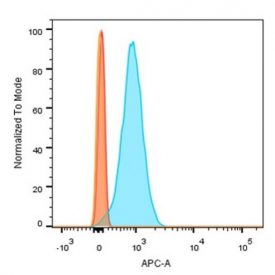CF® Dyes, Astral™ tandem dyes, and other labels
Optimized Antibodies Meet Best-In-Class Dyes
Sharper Signals and Unmatched Panel Flexibility
with Biotium Choice Antibodies
Powered by CF® Dyes and Astral Leap™ Tandem Dyes
Biotium Choice antibodies are carefully curated and validated in-house to offer exceptional signal-to-noise. Labeled with our advanced CF® Dyes and Astral Leap™ tandem dyes, they are our top-recommended antibodies for flow cytometry and other applications.
CF® Dyes are available in over 40 colors across the visible to near-infrared spectrum, delivering exceptional brightness, photostability, and flexibility for building high-parameter panels with clear, confident results.
Astral Leap™ tandem dyes feature long Stokes shifts and superior signal-to-noise for expanded multiplexing. Developed with optimized FRET and proprietary conjugation chemistry, RPE-Astral™616 and APC-Astral™813 are available with select Biotium Choice antibodies.
Learn More About Our CF® Dye Technology
Biotium Choice Antibody Features
- Robust and validated clones against common targets
- Developed and optimized for flow cytometry and other applications
- Conjugated to bright, photostable CF® Dyes for superior signal and clarity
- Also available with Astral Leap™ tandem dyes for expanding multiplexing
- New antibody clones and dye conjugates continuously in development
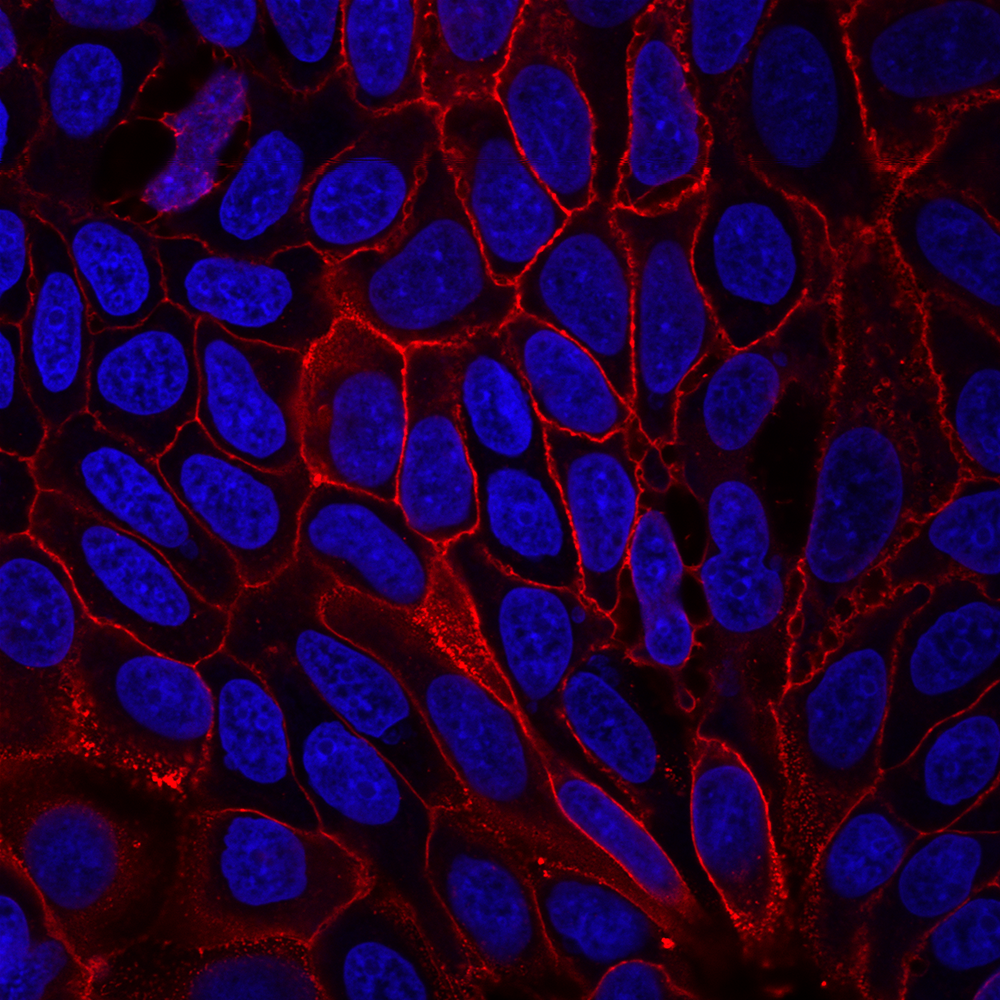
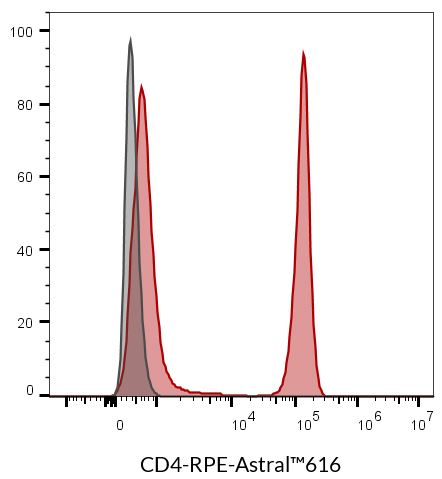
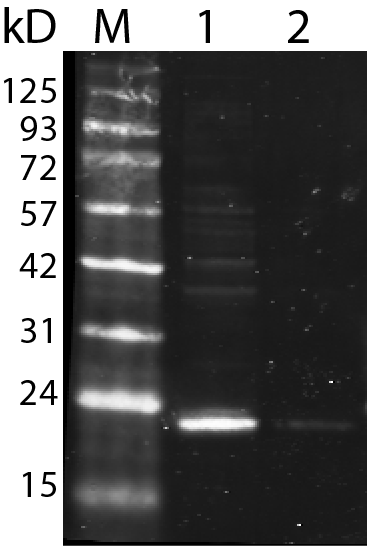
Full List of Biotium Choice Antibodies
Cell Biology
Immunology
Anti-Epitope Tag
| Biotium Choice Antibody | CF®405S (411/431 nm) |
CF®488A (490/516 nm) |
CF®568 (562/584 nm) |
CF®594 (593/615) nm) |
CF®633 (629/650) nm) |
CF®640R (642/663) nm) |
CF®647 (652/668) nm) |
CF®660R (662/682) nm) |
CF®680 (681/698 nm) |
CF®680R (680/701 nm) |
CF®740 (742/767 nm) |
CF®770 (770/797 nm) |
Biotin | R-PE (496, 546, 565/576 nm) |
APC (651/660 nm) |
HRP | Purified (BSA free) |
|---|---|---|---|---|---|---|---|---|---|---|---|---|---|---|---|---|---|
| 6X His Tag Recombinant Monoclonal Mouse (2405.H6) | P024-405S | P024-488A | P024-568 | P024-594 | P024-640R | P024-647 | P024-680 | P024-680R | P024-740 | P024-770 | P024-RPE | P024-APC | P024-HRP | ||||
| GFP Recombinant Monoclonal Mouse Antibody (r9F9.F9) | P027-405S | P027-488A | P027-568 | P027-594 | P027-633 | P027-640R | P027-647 | P027-660R | P027-680 | P027-680R | P027-740 | P027-770 | P027-BTN | P027 |
EXPLORE OUR FULL PRIMARY ANTIBODY CATALOG
Discover Our Growing Collection of Over 2000 mAbs
- Choose from antibodies validated for IHC, IF, flow, and western blot
- Available in 6 bright and photostable CF® Dyes or biotin
- Available BSA-free, ready to use with Mix-n-Stain™ Antibody Labeling Kits
- Affordable 100 uL sizes available
Your Choice of Sizes and Formats
| Format | Concentration | Size |
|---|---|---|
| CF® Dye conjugates (6 colors) | 0.1 mg/mL | 100 uL or 500 uL |
| Biotin conjugates | 0.1 mg/mL | 100 uL or 500 uL |
| Purified, with BSA | 0.2 mg/mL | 100 uL or 500 uL |
| Purified, BSA-free (Mix-n-Stain™ Ready) | 1 mg/mL | 50 uL |
Browse our catalog or click below to use our Antibody Finder
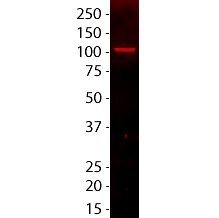
Primary Antibody Isotype Controls
| Product Page | Host species | Isotype | Clone |
|---|---|---|---|
| Mouse IgG1 Kappa | Mouse | IgG1, kappa | IGG1/1331 |
| Mouse IgG2a Kappa | Mouse | IgG2a, kappa | MG2a-53 |
| Mouse IgG2b Kappa | Mouse | IgG2b, kappa | IGG/1333 |
| Monoclonal Rabbit IgG Kappa | Rabbit | IgG, kappa | NCRBM/1520R |
Associated products
EverBrite™ Mounting Medium
23001, - 23002View allHide
EverBrite™ Hardset Mounting Medium
23003, - 23004View allHide
Drop-n-Stain EverBrite™ Mounting Medium
23008-T, 23009-T, 23009, - 23008View allHide
CoverGrip™ Coverslip Sealant
23005, - 23005-1View allHide
TrueBlack® Lipofuscin Autofluorescence Quencher
23007, - 23011View allHide
TrueBlack® WB Blocking Buffer Kit
23013, 23013B-1L, 23013A-500ML, - 23013-TView allHide
TrueBlack® IF Background Suppressor System (Permeabilizing)
23012, 23012B-1L, 23012B-100ML, - 23012-TView allHide
TrueBlack® Plus Lipofuscin Autofluorescence Quencher, 40X in DMSO
23014, - 23014-TView allHide
NucSpot® Nuclear Stains
41040, 41040-T, 41033, 41033-T, 41036, 41036-T, 41037, 41037-T, 41034, 41034-T, 41035, 41035-T, 41038, - 41038-TView allHide



